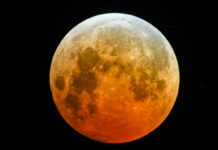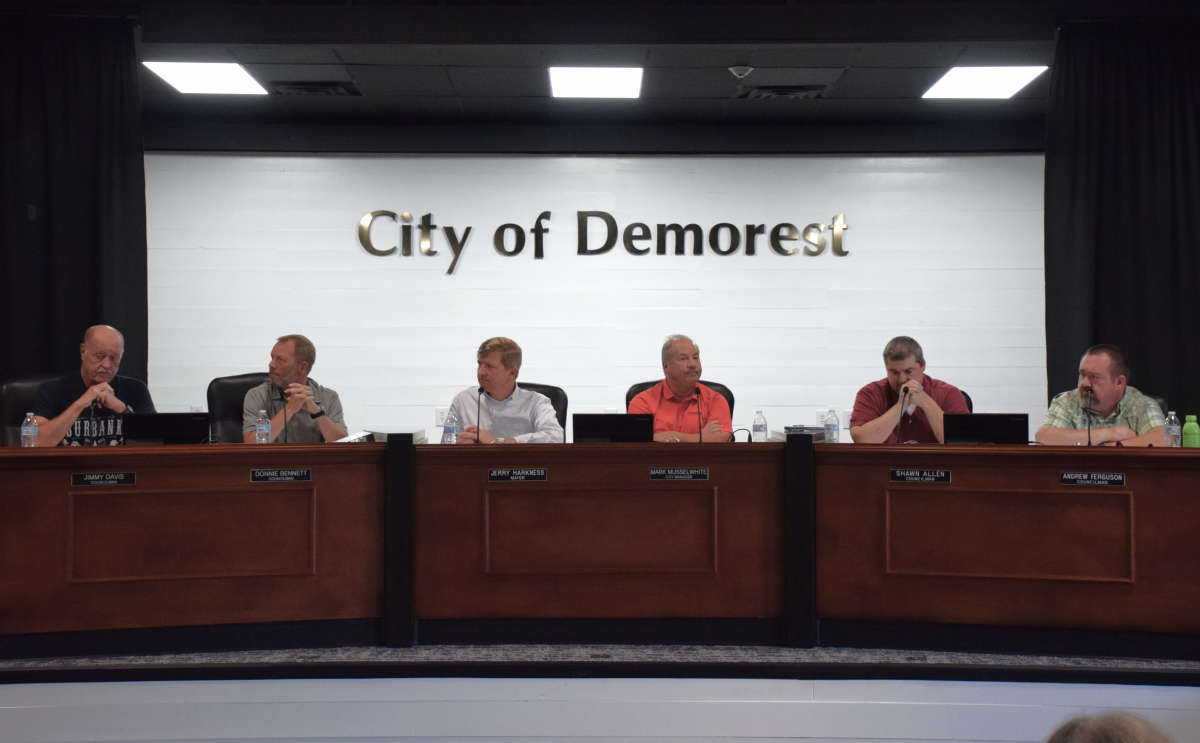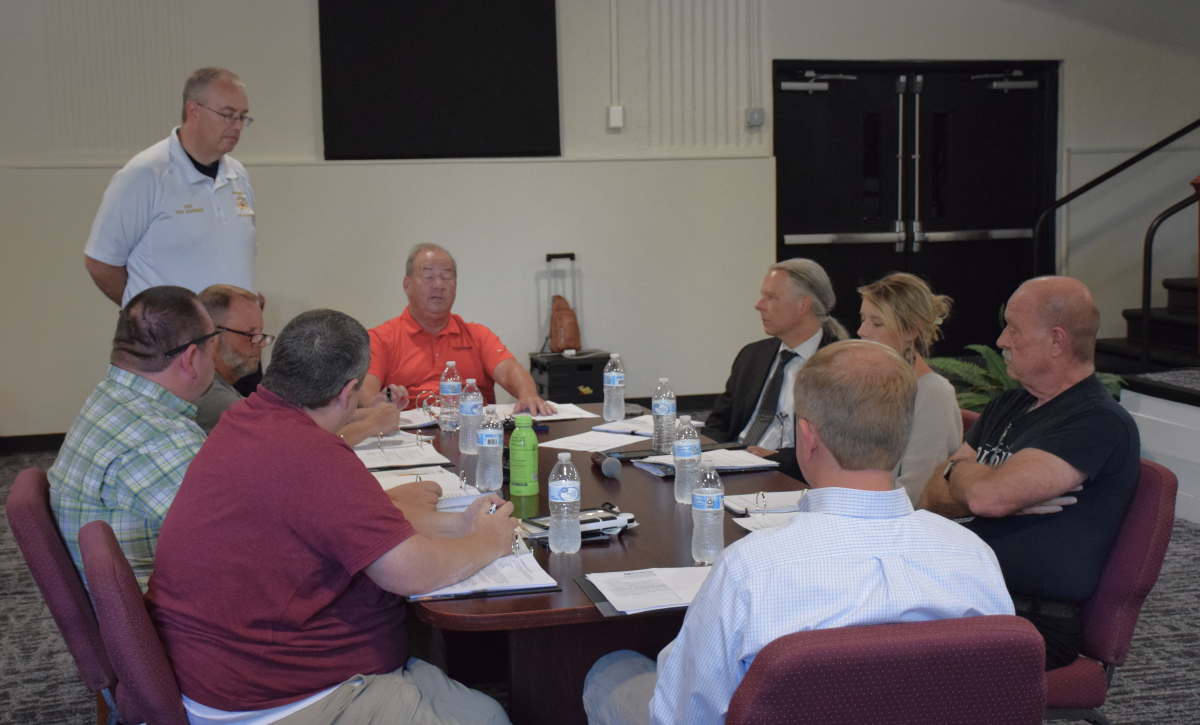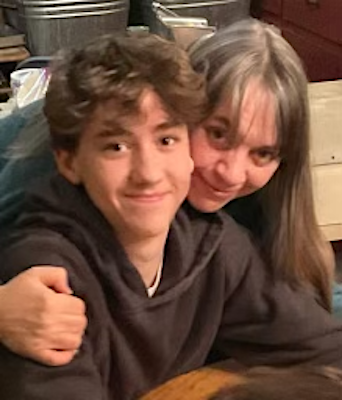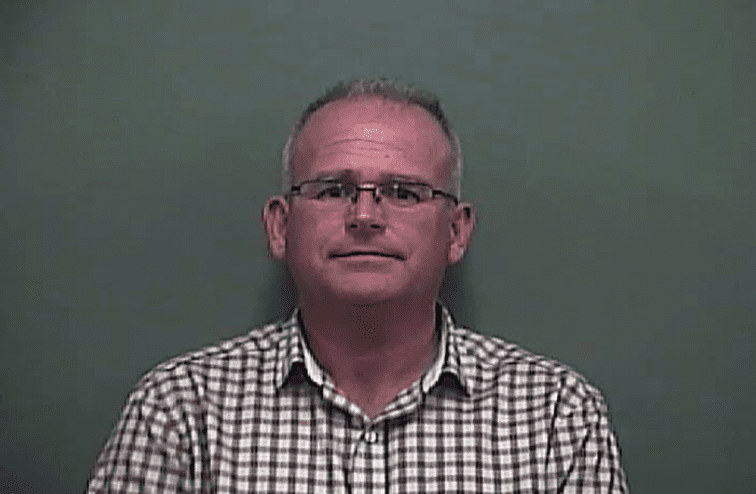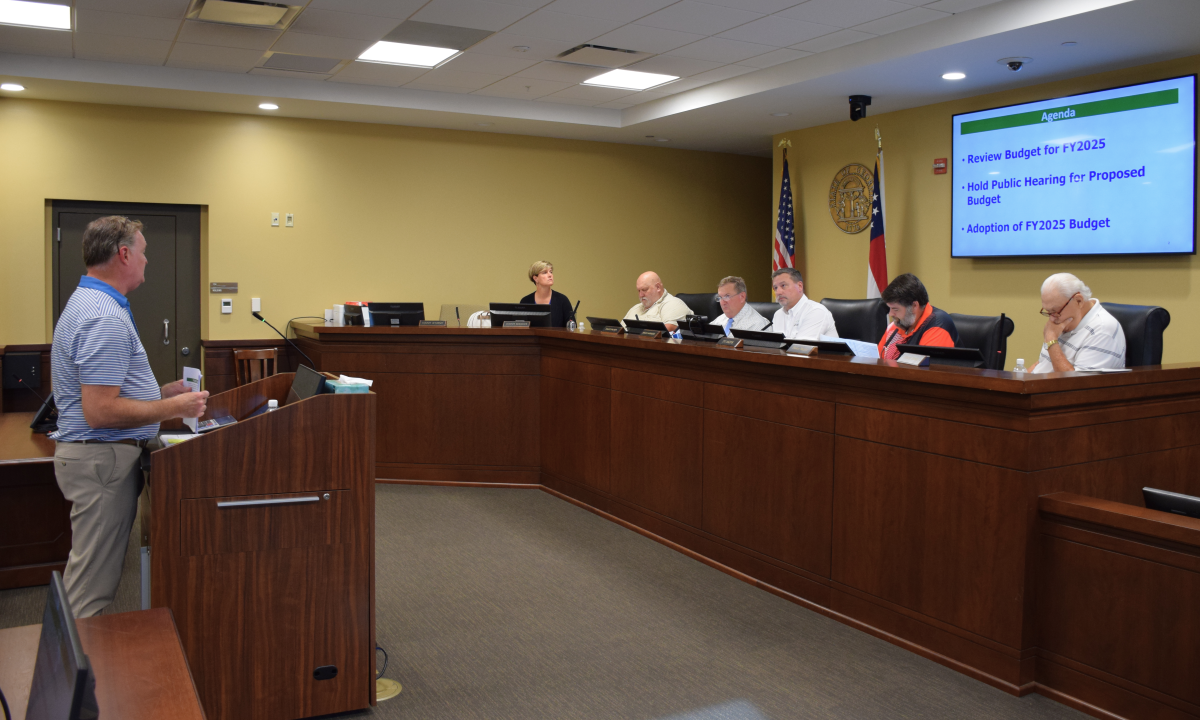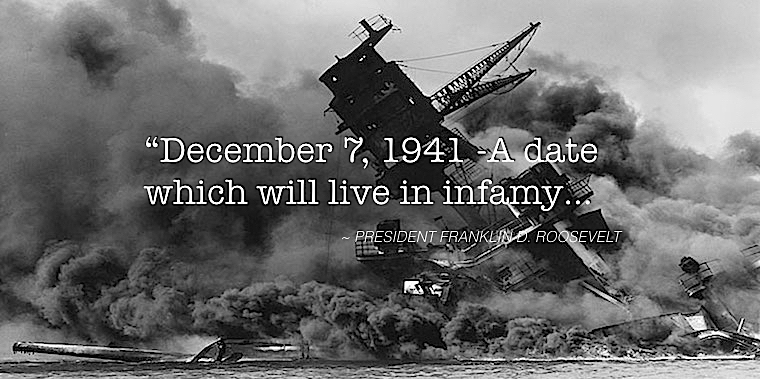
It was 75 years ago today that our nation experienced one of its darkest days – the bombing of Pearl Harbor. The surprise attack by Japanese warplanes on a quiet Sunday morning in Hawaii killed 2,403 Americans and wounded 1,178 others. It ushered in the United State’s entry into World War II.
President Franklin Delano Roosevelt called it, “A date which will live in infamy”, and it does. Even today, three-quarters of a century later there are those still alive who remember that fateful day and whose recollections – their own and others’ – remind us of the service and sacrifice extracted from what many have deemed “the Greatest Generation.”
Memories of Odel Wade
The following story was written by the late Harold L. Wade and is shared by his wife Trudy. The story concerns a distant cousin and church friend, Odel Wade. He arrived in Hawaii soon after the bombing of Pearl Harbor in December, 1941:
I would like to tell you about one soldier of World War II. He could not find a job because of the depression, so he joined the Army a year before the War started. The day after the Japanese bombed Pearl Harbor, he was flown to Pearl Harbor. When he arrived, the ships in the Harbor were still burning and the wounded lying on the ground, waiting for medical help. He said, “We were all scared half to death. We were afraid that the Japanese would come back at any minute.”
After surviving several battles in the Pacific, he participated in the Battle of Iwa Jima. He continued, “That island wasn’t nothing more but a big rock. We liked to have never gotten off the ship because the sea was so rough. The Marines had already landed, but when we got there the Japanese were everywhere. They were shooting artillery, and sniper fire was coming at us all the time.” He continued, “I would not have given anything for my life at that time.”
During that battle, which included hand-to-hand combat, he was shot three times in the hip, and once in the head, and also received shrapnel wounds from hand grenades. By the “Grace of God”, the wounds healed; but the scars and pieces of metal remain.”
Odel Wade received a Purple Heart for his service.
Memories of James Allen
The following is shared by Bob Justus. He featured James Allen in a story he wrote for a series of articles on World War II vets. Allen was at Pearl Harbor when the Japanese attacked on Dec 7, 1941:
James Dewey Allen, Clarkesville, Ga., was with the 55th Coast Artillery near Diamond Head on Oahu on Dec. 7, 1941. Explosions started going off at Pearl Harbor. After the attack Dewey helped bury a Japanese pilot shot down in the attack. He volunteered “for a task force” and landed on Saipan June 16, 1944, where 2,500 attackers were killed or wounded. His unit of four 155mm Long Tom cannon fired 6,000 rounds on Saipan. In two days 4,300 enemy were killed.
Admiral Nagumo, leader of the attack on Pearl Harbor, committed hara-kiri (ritual suicide) on Saipan. Nearly 30,000 Japanese and 3,143 Americans died there.
Allen fought on Leyte also. He came home with four battle stars. He spoke of leaving for home before Lester Sutton, also from Habersham County, but his ship zigzagged while Lester’s came straight home!
Japanese prime minister plans landmark visit to Pearl Harbor
President Barack Obama marked the 75th anniversary of the Japanese attack on Pearl Harbor by honoring those who died that day.
“Over 2,400 American patriots lost their lives in the attack on Pearl Harbor — military and civilian, men, women and children,” Obama said in a statement. “Their sacrifice galvanized millions of GIs and Rosie the Riveters who answered the call to defend liberty at its moment of maximum peril. In the hours after the attack, President Roosevelt promised that ‘the American people in their righteous might will win through to absolute victory.’ Thanks to the heroism of a generation, we did.”
The President is scheduled to make a historic visit to the USS Arizona Memorial later this month with Japanese Prime Minister Shinzo Abe. Abe will be the first Japanese leader to visit the site since World War II. Abe said he will visit Hawaii on Dec. 26 and 27 to “pay tribute” to military personnel from both sides of the Pacific who died during the war, according to the Washington Post.
The joint trip comes after Obama went to Hiroshima with Abe in May, making him the first sitting American president to visit the city where the United States dropped the first of two atomic bombs in 1945 to force Japan’s surrender.


